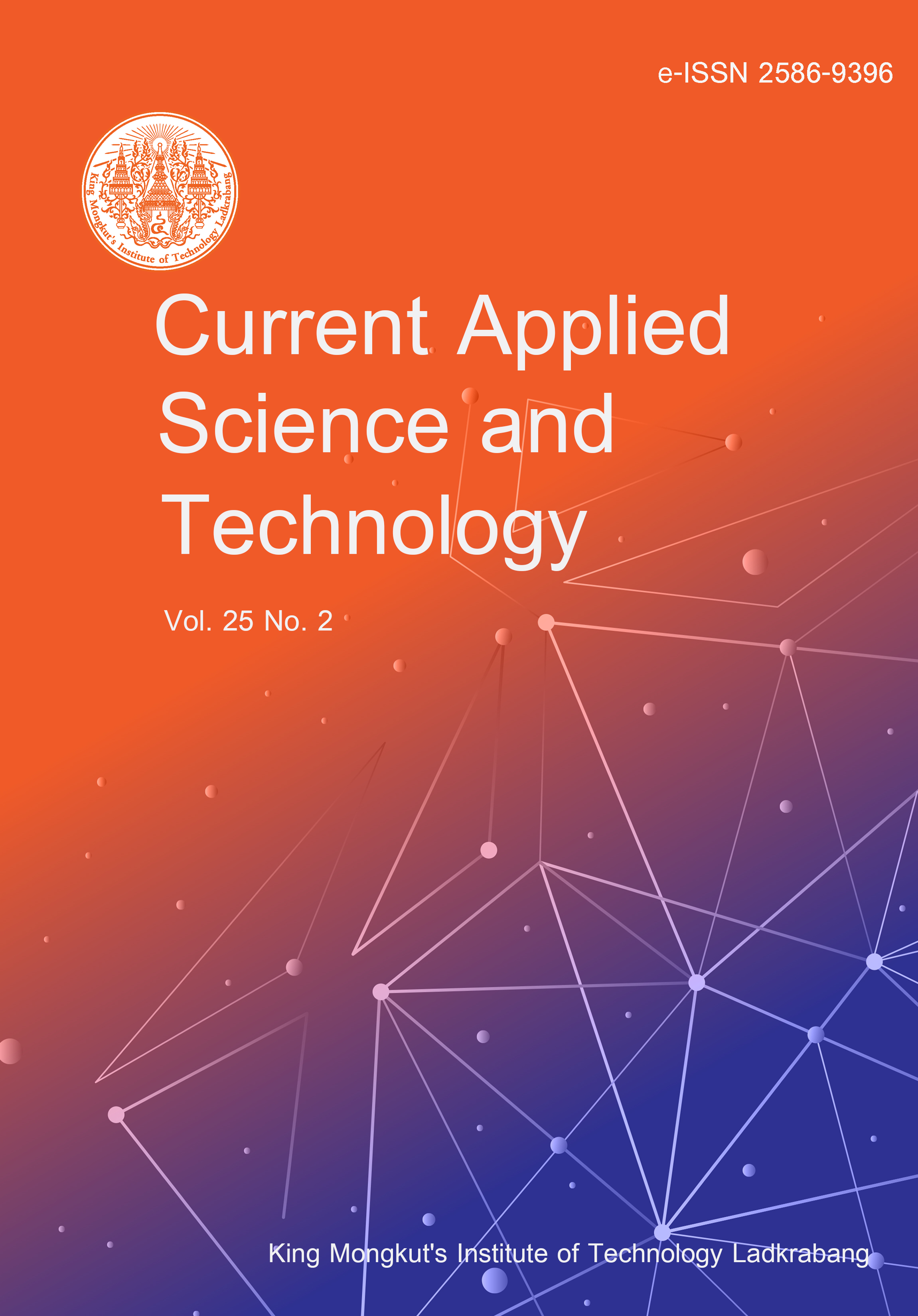Andrographis paniculata, a member of the Acanthaceae family, is renowned for its secondary metabolites and bioactivity. Optimization of the extraction of these compounds can be achieved by selecting the appropriate solvent. In this research, extraction was carried out using water, acetone, and ethanol as solvents, both individually and in combination. The study aimed to evaluate the total phenolic content (TPC) and antioxidant capacity of the stems and leaves of Andrographis paniculata using solvent extraction. The research employed a completely randomized design with three replications, using dry powder of A. paniculate as the sample. TPC was analyzed using the Folin-Ciocalteu method, while antioxidant capacity was evaluated via the FRAP and ABTS assays. The results showed that the water-acetone solvent (50%:50%) produced the highest TPC (7.4±0.50 mg GAE/g DW) and FRAP antioxidant capacity (41.96±1.11 µmol TE/g DW). The highest antioxidant capacity using the ABTS method was obtained with the ethanol-acetone combination (50%:50%), with a value of 4.26±0.02 mol TE/g DW. A positive correlation between TPC and FRAP antioxidant capacity was observed (r = 0.6821), indicating that the phenolic content of Andrographis paniculata is strongly linked to its FRAP-based antioxidant activity. Overall, the extraction solvent combination significantly influenced the TPC content and antioxidant capacity of Andrographis paniculata stems and leaves.
Liwanda, N. ., Zahra, A. ., Sudarjat, K. S. A. ., Mulyati, T. ., & Nurcholis, W. . (2024). Total Phenolic Content and Antioxidant Capacity from Stems and Leaves of Andrographis paniculate in Different Solvent Combinations. CURRENT APPLIED SCIENCE AND TECHNOLOGY, e0261033. https://doi.org/10.55003/cast.2024.261033

